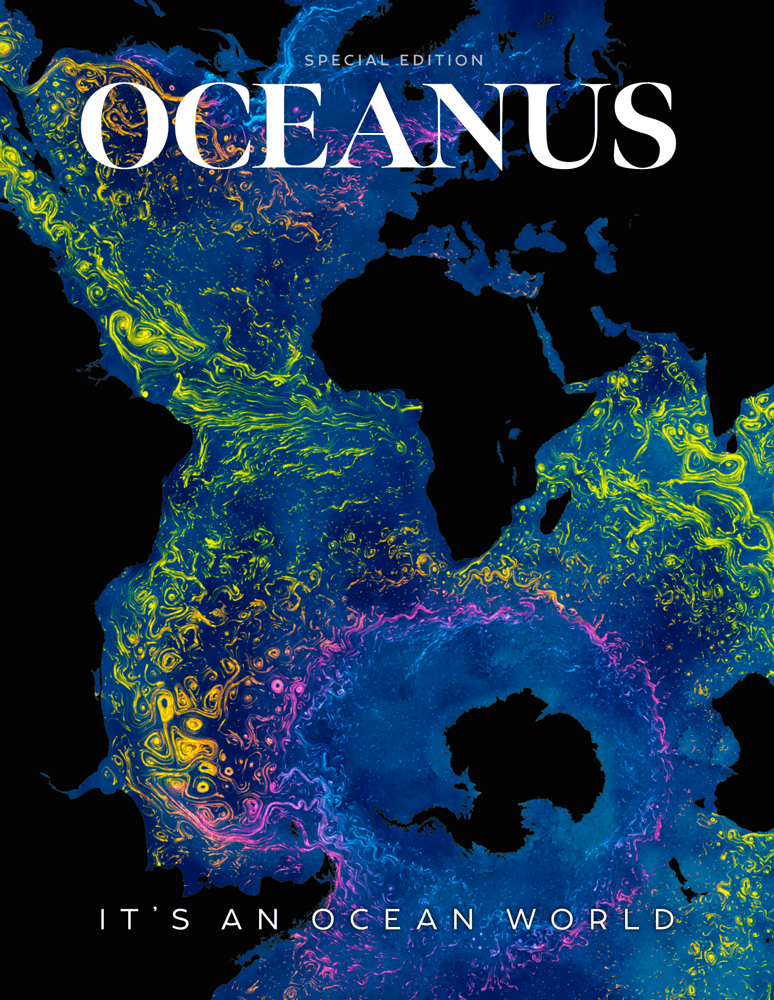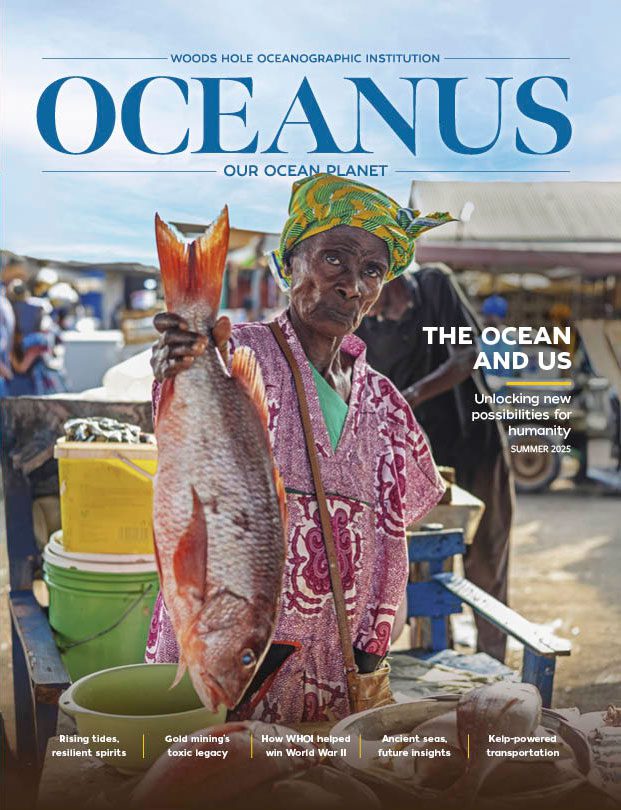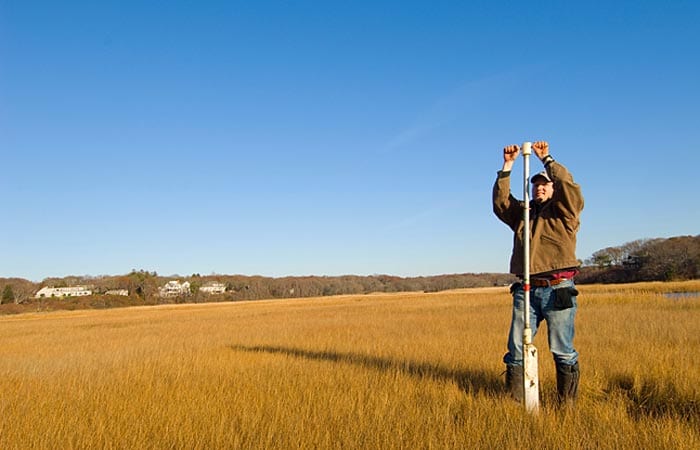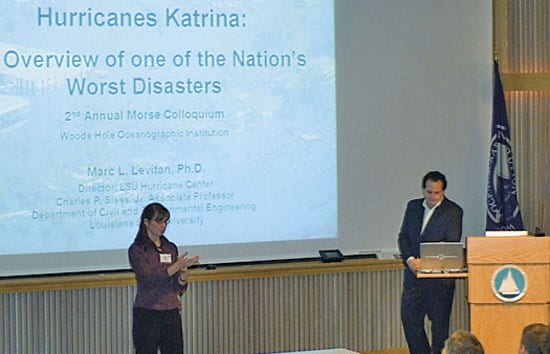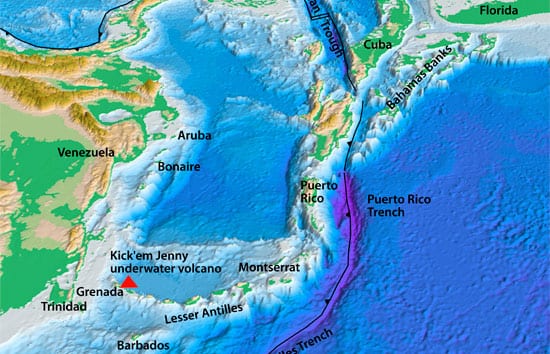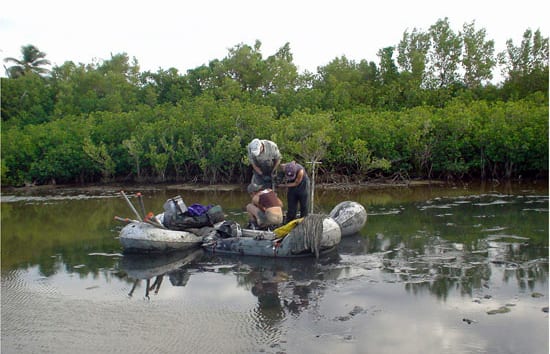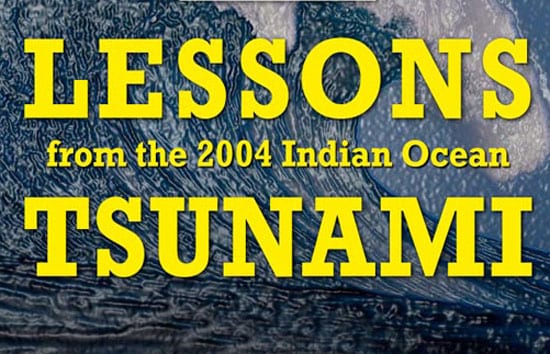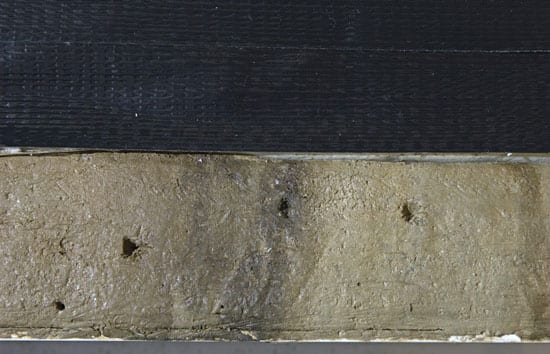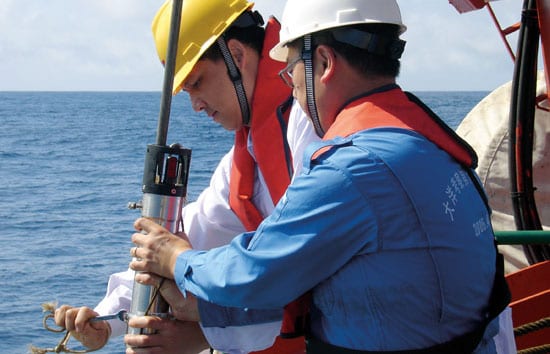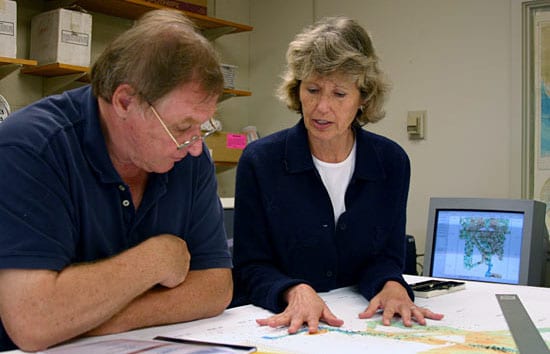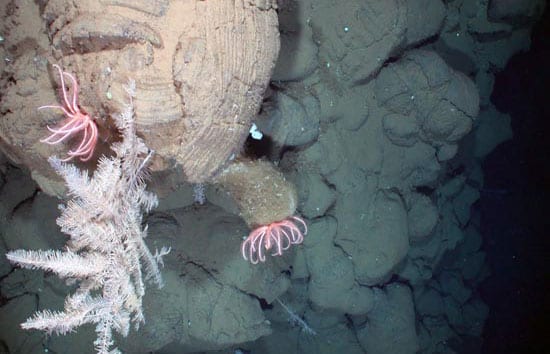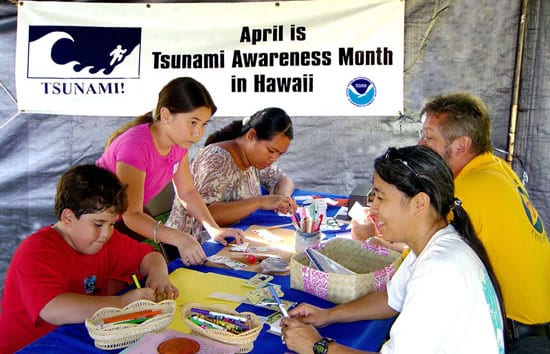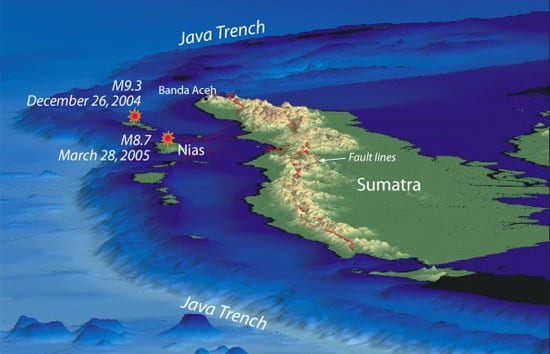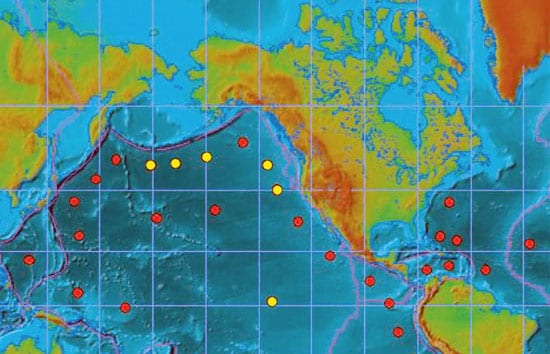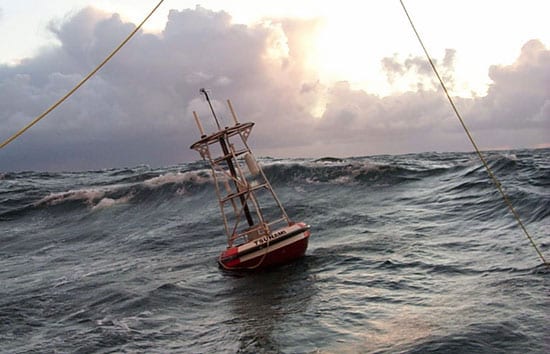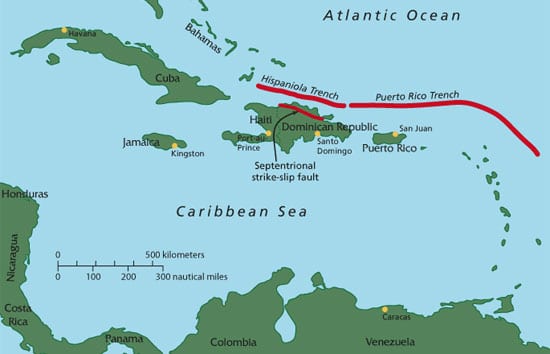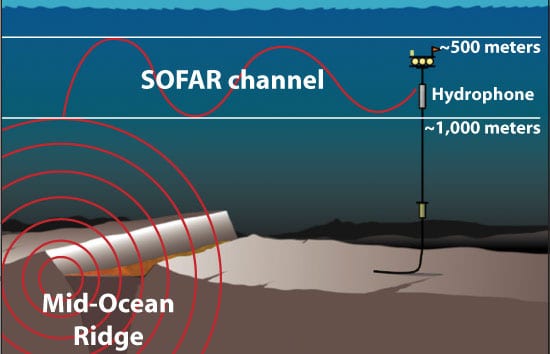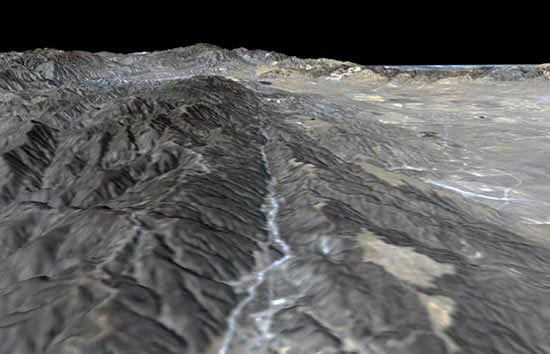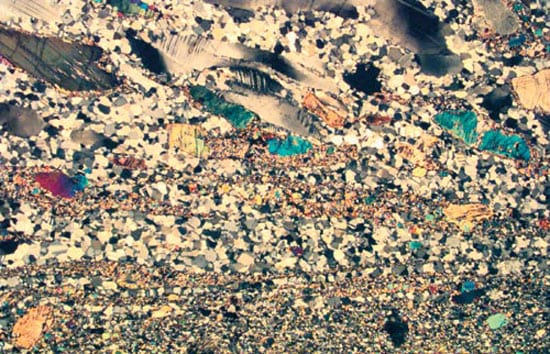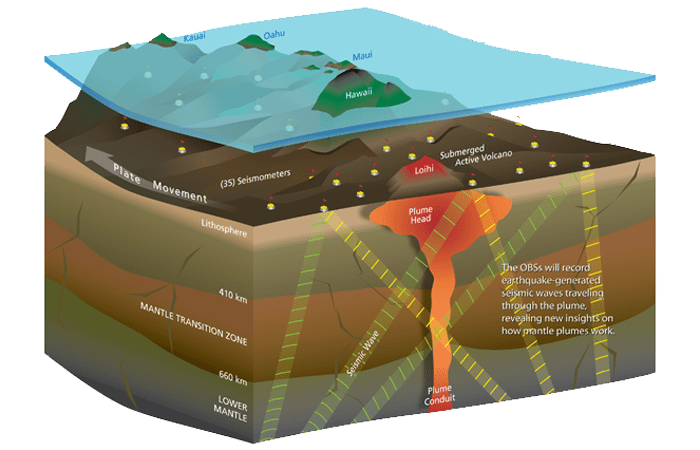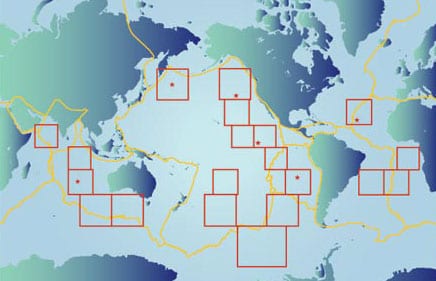Oceanus Online Archive
Hurricane Hunter
Soon after they married, Jon Woodruff asked his new wife Akiko Okusu if she’d like to take a trip to her native Japan. Not for a belated honeymoon, but to help…
Read MoreMorss Colloquia Focus on Science and Society
Woods Hole Oceanographic Institution launched a new program, hosting three “Morss Colloquia” since October 2006. Enabled by a generous grant from Elisabeth and Henry Morss Jr., the public colloquia concerned…
Read MoreSeismometer Deployed Atop Underwater Volcano
A team led by the Woods Hole Oceanographic Institution installed a novel underwater earthquake-monitoring system atop Kick’em Jenny, an active volcano just off the north coast of Grenada in the…
Read MoreScientists Unearth Long Record of Past Hurricanes
Reaching down into the muck below a lagoon off Puerto Rico, two geologists at Woods Hole Oceanographic Institution reached back 5,000 years to compile the longest record of strong hurricanes…
Read MoreLessons from the 2004 Indian Ocean Tsunami
Woods Hole Oceanographic Institution will convene two special conferences this fall to learn from the devastating 2004 tsunami that left more than 220,000 people dead or missing. In July, another…
Read MoreWorlds Apart, But United by the Oceans
Jian Lin came of age in an era of both geological and political seismic shifts in China, experiencing the deadliest earthquake in the 20th century in Tangshen in 1976 and the Cultural Revolution in the 1970s. Then he immigrated to America and came full circle in 2005 to become the first U.S. scientist to co-lead a Chinese deep-sea research cruise.
Read MoreA ‘Book’ of Ancient Sumatran Tsunamis
Exactly one year after the devastating 2004 Indian Ocean tsunami, Jian Lin found himself on a Chinese research vessel off Sumatra, floating above the epicenter of the seafloor earthquake that…
Read MoreOceanographic Telecommuting
‘Virtual’ chief scientist directs a research cruise without leaving land.
Read MoreRapid Response
The earthquakes were coming fast and frequent, as many as 50 to 70 an hour. On the morning of Sunday, Feb. 28, undersea hydrophones began detecting the most intense swarm of earthquakes to occur in the last three years along the Juan de Fuca Ridge, about 200 miles off the Pacific Northwest coast.
Read MoreMIT/WHOI Graduate Leads the World’s Tsunami Awareness Program
Kong, a 1990 graduate of the MIT/WHOI Joint Program in Oceanography/Applied Ocean Science and Engineering, was one of the first people in the world to learn the magnitude of the underwater earthquake off the coast of Indonesia.
Read MoreIn the Tsunami’s Wake, New Knowledge About Earthquakes
If any good has come from the recent devastating earthquakes off Sumatra, it is that they are providing scientists with unprecedented clues to understanding how these large undersea earthquakes occur and how they create tsunamis.
Read MoreBuilding a Tsunami Warning Network
Since the great Indonesian earthquake and tsunami of December 26, 2004, policy-makers and scientists around the globe have been embracing a rare moment of public attention on the oceans, accelerating plans to create a comprehensive tsunami-warning network and to make citizens better prepared for the next massive wave. Another potent earthquake along the same fault on March 28, 2005, has increased that sense of urgency.
Read MoreThrowing DART Buoys into the Ocean
Deep Ocean Assessment and Reporting of Tsunamis (DART) buoys are the foundation of warning network
Read MoreTsunamis in the Caribbean? It’s Possible.
In a study published Dec. 24, 2004, in the Journal of Geophysical Research, Woods Hole geologists Uri ten Brink and Jian Lin reported a heightened earthquake risk from the Septentrional fault zone, which cuts through the highly populated Cibao valley in the Dominican Republic.
Read MoreEars in the Ocean
If you sought to delve into the forces that drive and shape the face of the earth and that distinguish it from all other planets in our solar system, you would shine a spotlight on the mid-ocean ridges.
Read MoreEarthshaking Events
When I was still a schoolboy in China, two major earthquakes occurred, about a year apart. They had a profound impact on my life and on the Chinese people. The…
Read MorePeering into the Crystal Fabric of Rocks
“Rock solid” is an oxymoron, to my way of thinking. Oh, the expression does have some truth in that minuscule, superficial portion of our planet where humans dwell. But the majority of rocks nearly everywhere else in the earth are continually changing their physical characteristics.
Read MoreListening Closely to ‘See’ Into the Earth
Today, excitement and anticipation is growing because of new generations of seismographs designed for use in the oceans. These new instruments will comprise a new national pool of instruments for use by the scientific community.
Read MoreOcean Seismic Network Seafloor Observatories
Our knowledge of the physical characteristics of Earth’s deep interior is based largely on observations of surface vibrations that occur after large earthquakes. Using the same techniques as CAT (Computer Aided Tomography) scans in medical imaging, seismologists can “image” the interior of our planet. But just as medical imaging requires sensors that surround the patient, seismic imaging requires sensors surrounding the earth.
Read More